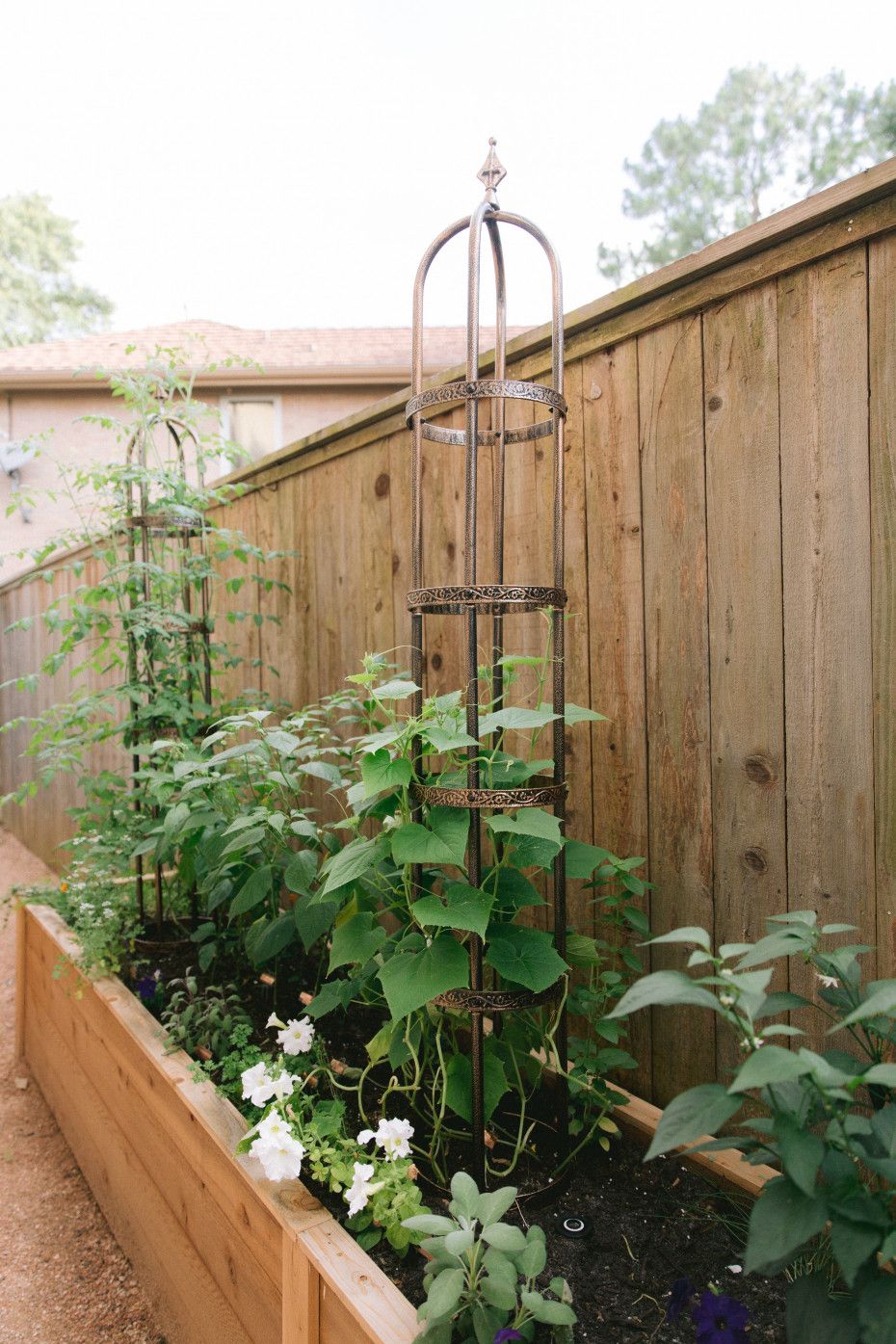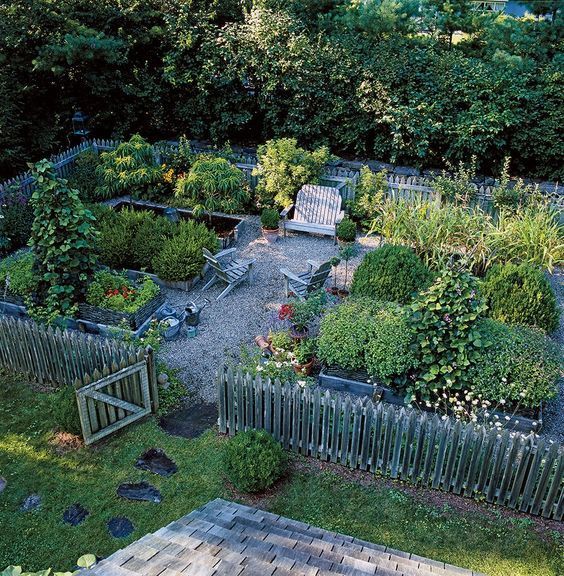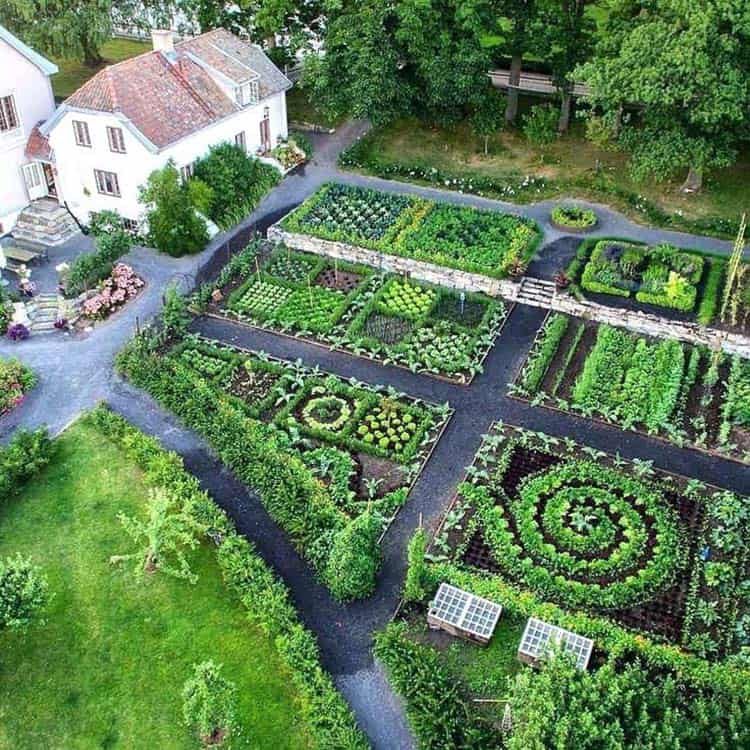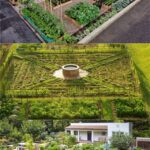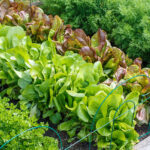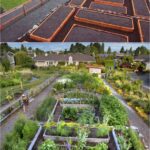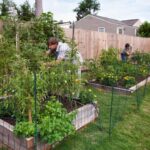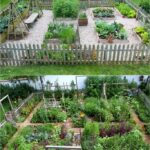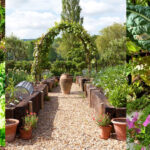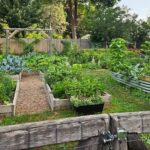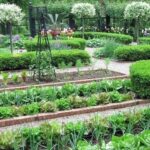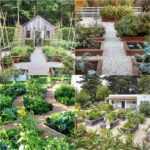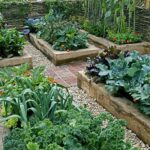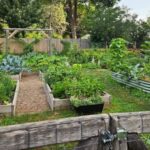When it comes to designing a vegetable garden, there are a few key factors to consider in order to maximize both the beauty and productivity of your space. The first step is to carefully plan out the layout of your garden. Consider factors such as sunlight exposure, drainage, and proximity to water sources. Vegetables typically require at least six to eight hours of sunlight per day, so be sure to place your garden in a spot that receives adequate sunlight.
Once you have determined the location of your garden, it’s time to think about the design of the beds themselves. Raised beds are a popular choice for vegetable gardens, as they provide good drainage and allow for better soil quality. Consider using materials such as wood, stone, or bricks to create raised beds that will not only look beautiful but also provide a practical and functional space for your vegetables to thrive.
When planning the layout of your garden beds, be sure to consider the spacing between plants. Different vegetables have varying spacing requirements, so be sure to do your research to ensure that you are giving your plants enough room to grow. Additionally, consider planting taller plants, such as tomatoes or peppers, towards the back of the bed so that they do not shade smaller plants.
Consider incorporating vertical elements into your garden design, such as trellises or arbors. These structures not only add visual interest to your garden but also provide support for vining plants such as cucumbers, peas, and beans. Vertical gardening can also help maximize space in smaller gardens, allowing you to grow more vegetables in a limited area.
Incorporating pathways into your garden design can also help to create a sense of organization and structure. Consider using materials such as gravel, mulch, or stepping stones to define pathways between your garden beds. These pathways not only serve a practical purpose by providing access to your plants but also add an aesthetic element to your garden.
Finally, consider adding decorative elements to your vegetable garden to enhance its visual appeal. Consider planting flowers alongside your vegetables to attract pollinators and beneficial insects. Additionally, consider adding ornamental containers, sculptures, or garden art to add a touch of personality to your space. By carefully planning out the design of your vegetable garden, you can create a beautiful and functional space that will provide you with bountiful harvests for years to come.
